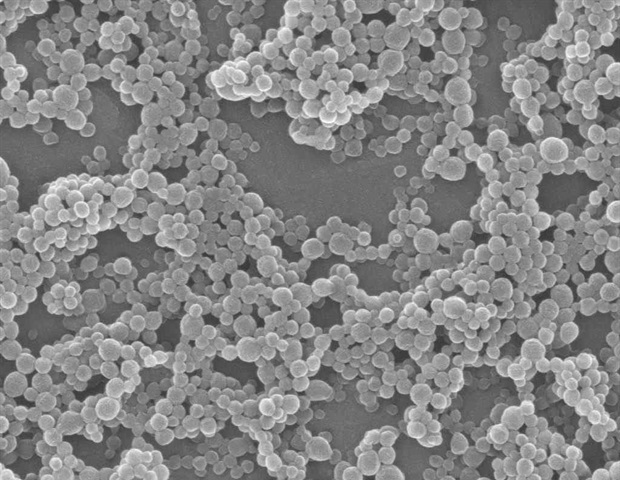
The worldwide inhabitants of sufferers with diabetic wounds is anticipated to rise to between 9.1 million to 26.1 million by 2030. Diabetic wounds severely affect sufferers’ high quality of life, each bodily and mentally whereas additionally imposing a considerable financial burden on healthcare methods.
Present therapy strategies for diabetic wounds embody surgical debridement, adverse strain wound remedy, vascularized flaps and various kinds of native dressings. Amongst these dressings, generally used choices embody gauze, metallic ion dressings, hydrogel dressings and platelet-rich plasma dressings. Nevertheless, conventional dressings have restricted drug loading capability and permeability, and are unable to ship energetic drugs to the deep wound mattress.
In recent times, microneedles have develop into a analysis focus in wound administration on account of their benefits of excessive drug load/supply capabilities, minimal invasiveness, comfort and robust adhesion. These attributes considerably cut back affected person discomfort and enhance compliance. Microneedles improve the effectivity and permeability of transdermal drug supply by penetrating the pores and skin barrier and incorporating medication, proteins, nanoparticles and different therapeutic brokers, successfully transporting them to the wound mattress.
At current, there’s a lack of abstract articles on the appliance of microneedles of various constructions and supplies to diabetic wounds. This additionally hampers the event of microneedle dressings associated to diabetic wounds.
To that finish, in a evaluation (https://doi.org/10.1016/j.cjprs.2023.12.004) revealed within the KeAi journal Chinese language Journal of Plastic and Reconstructive Surgical procedure, a bunch of researchers from the China summarizes the supplies of microneedles, methods, construction, design, launch mechanism, classification of delivered substances and their results on completely different phases of wound therapeutic.
The structural composition and materials number of microneedles affect their efficacy in treating diabetic wounds. Microneedles can promote diabetic wound therapeutic by means of a number of mechanisms, reminiscent of antibacterial, anti-inflammatory, antioxidant, hypoglycemic and angiogenic actions at completely different phases of the therapeutic course of.”
Youbai Chen, corresponding writer of the examine, professor in plastic and reconstructive surgical procedure on the First Medical Middle of Chinese language PLA Basic Hospital, Beijing
“In conclusion, microneedles are promising drug supply methods for the therapy of diabetic wounds,” provides first writer Chun Liang. “We hope that our abstract will probably be enlightening and instructive for additional analysis on microneedle dressings.”
Supply:
Journal reference:
Liang, C., et al. (2023). Revolutionizing diabetic wound therapeutic: The ability of microneedles. Chinese language Journal of Plastic and Reconstructive Surgical procedure. doi.org/10.1016/j.cjprs.2023.12.004.


